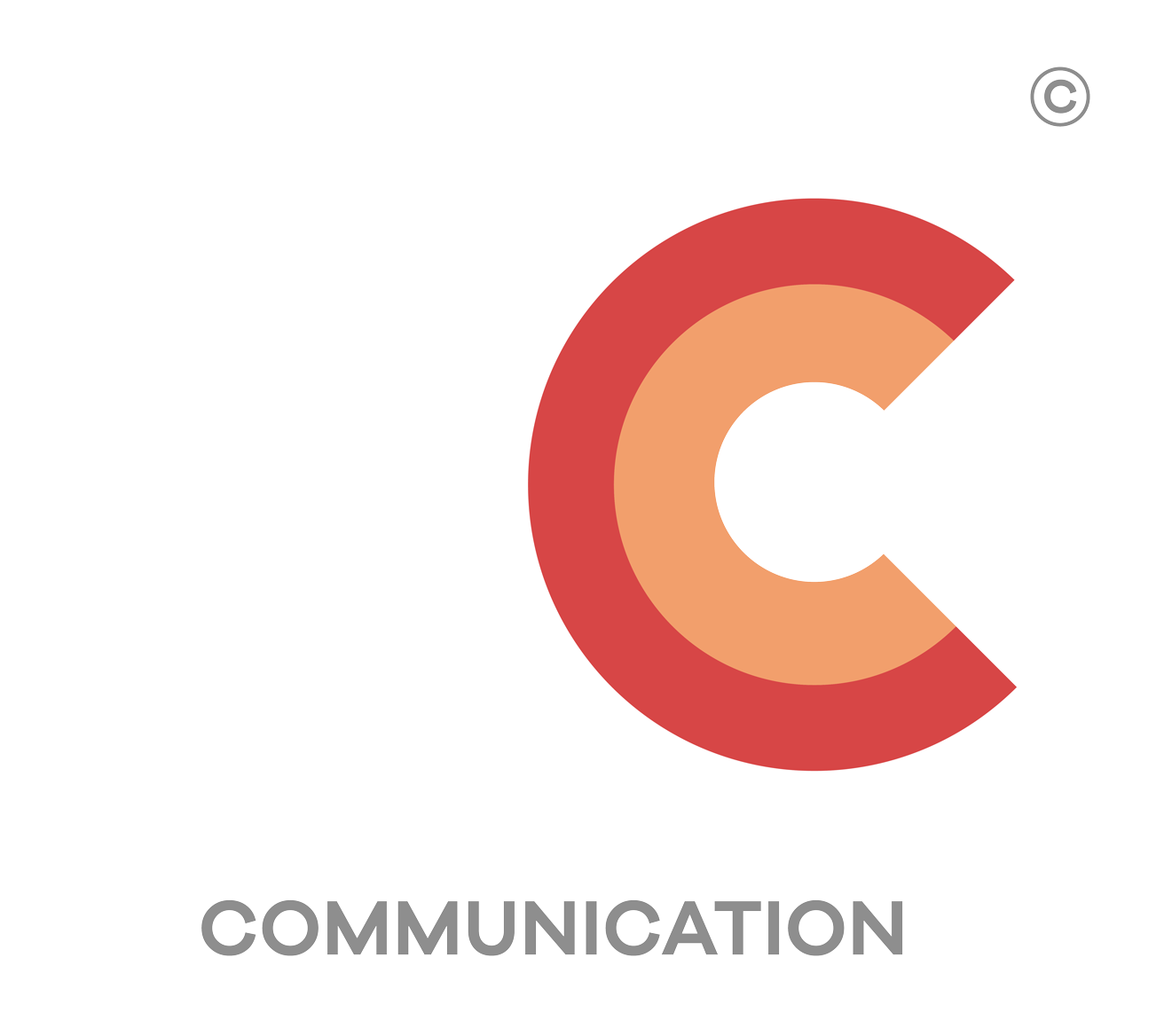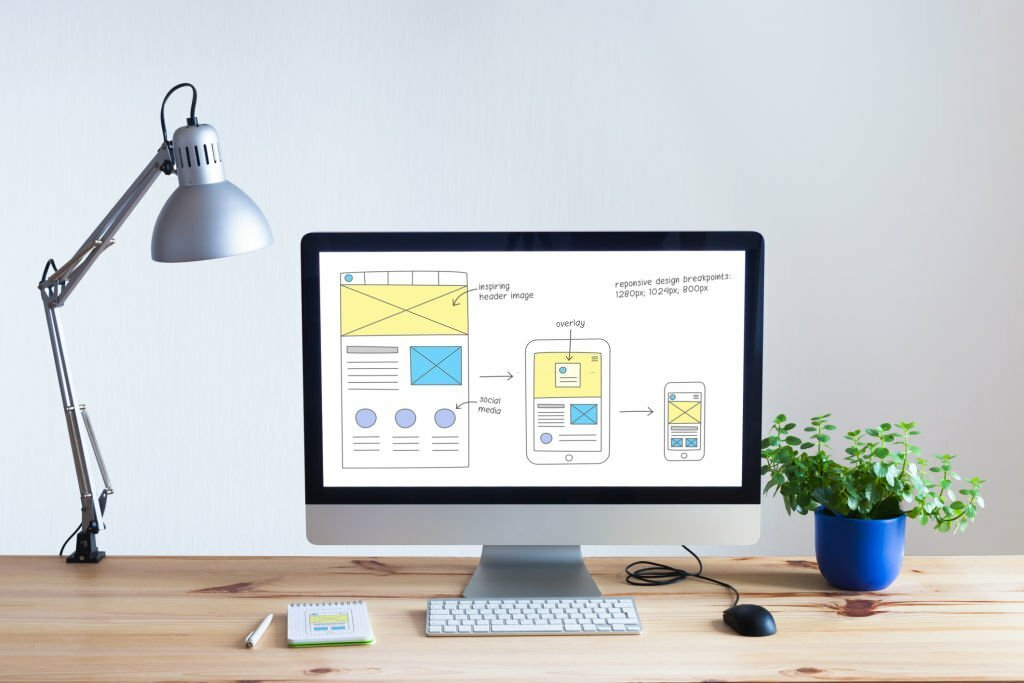In today’s digital age, a user-friendly and visually appealing website is crucial for businesses to create a positive online presence and engage their target audience effectively. This is where UI (User Interface) and UX (User Experience) design come into play. UI focuses on the visual and interactive aspects of a website, while UX encompasses the overall experience a user has while navigating through a website. In this article, we will explore why ui ux is important for your website design company success and how they contribute to an enhanced user experience.
Why is User Experience (UX) Design Important?
User Experience design is all about creating a seamless and enjoyable experience for website visitors. Here’s why ui ux is important & crucial for your website:
1.Increased User Satisfaction: A well-designed UX ensures that your website is easy to navigate, intuitive, and provides relevant information. When users find what they are looking for effortlessly, they are more likely to be satisfied with their experience and engage further with your website.
2.Improved Conversion Rates: A positive user experience influences visitors to take desired actions, such as making a purchase, filling out a form, or subscribing to a newsletter. By optimizing the user journey and removing friction points, UX design can significantly improve your website’s conversion rates.
3.Enhanced Brand Perception: A website with a well-designed UX reflects professionalism, credibility, and trustworthiness. When users have a positive experience on your website, they are more likely to perceive your brand in a positive light and develop trust, leading to increased brand loyalty.
4.Competitive Advantage: In a crowded digital landscape, providing an exceptional user experience can set your website apart from the competition. Users are more likely to choose a website that is easy to use, visually appealing, and offers a seamless experience over one that is confusing or lacks user-friendly features.
The Importance of User Interface (UI) Design:
User Interface design focuses on the visual elements and interactive features of a website. Here’s why it is vital for your website’s success:
1Visual Appeal:
The visual design of your website plays a significant role in capturing users’ attention and creating a positive first impression. A visually appealing UI design with a consistent color scheme, typography, and imagery can help convey your brand identity and engage users from the moment they land on your site.
2.Usability and Navigation:
A well-designed UI ensures that your website is easy to navigate and understand. Intuitive menu systems, clear call-to-action buttons, and logical page layouts contribute to seamless user interactions and make it easier for visitors to find the information they need.
3.Mobile Responsiveness:
With the increasing use of mobile devices, having a mobile-responsive UI design is essential. A responsive website adapts to different screen sizes, ensuring a consistent and user-friendly experience across desktops, tablets, and smartphones.
4.Accessibility:
UI design also considers accessibility, making your website usable for individuals with disabilities. Implementing features like alt tags for images, proper color contrast, and keyboard navigation options ensures that all users can access and engage with your website.
Examples of good and bad ui/ux?
Bad UI/UX Design:
1.Apple’s iPhone Interface:
Apple’s iPhone interface is often praised for its intuitive and user-friendly design. The clean and minimalist layout, along with well-designed icons and intuitive gestures, make it easy for users to navigate and interact with the device. The interface prioritizes simplicity and usability, resulting in a seamless user experience.
2.Airbnb’s Booking Process:
Airbnb provides a user-friendly booking process that guides users through each step with clear and concise instructions. The interface utilizes visual cues, such as progress indicators and well-placed call-to-action buttons, to simplify the booking experience. Users can easily search for listings, view property details, and complete the booking process without confusion.
Bad UI/UX Design:
1.Cluttered and Inconsistent Navigation:
A website or application with cluttered and inconsistent navigation can lead to a frustrating user experience. For example, if a website has a complex menu structure with too many options, users may struggle to find the desired information or get lost in the navigation. Inconsistent navigation elements, such as changing labels or layout between pages, can also confuse users and make it difficult to navigate effectively.
2.Hidden or Confusing Actions:
When important actions are hidden or not easily discoverable, it can frustrate users and hinder their ability to accomplish tasks. For instance, if a mobile app buries essential functions within deep menu layers or uses unclear icons without labels, users may struggle to find and use those features. This lack of clarity and accessibility can lead to a poor user experience.
3.Poor Form Design:
Forms play a crucial role in collecting user information, but poor form design can create unnecessary friction. For example, forms with excessive mandatory fields, unclear instructions, or confusing validation messages can frustrate users and discourage them from completing the process. Well-designed forms should have clear labels, concise instructions, and provide helpful feedback to guide users through the input process.
4.Inconsistent Visual Design:
Inconsistent visual design elements, such as mismatched colors, fonts, and inconsistent use of spacing, can create a disjointed user experience. When elements do not follow a consistent design language, it can make the interface feel unprofessional and confusing. Consistency in visual design helps users understand and navigate the interface more easily.



